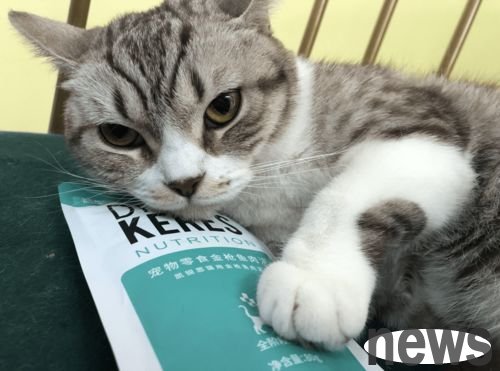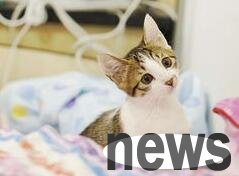The life of a cat also has to go through various periods such as childhood, adulthood, and old age. Moreover, compared with human life, the time for a cat will be much shorter. Therefore, many pet owners need to experience the birth, old age, sickness and death of cats. The pet owner cannot prevent the cat from leaving, but they can use the knowledge they have learned to give the cat meticulous care.
1. Key explanations for feeding young cats
1. Provide basic nutrition

Little cats, like adult cats, also need moisture, protein, fat, carbohydrates, minerals and vitamins, these six basic nutrients.
2. In the stage of kittens, the demand for protein is 2.1 times that of adult cats, and the demand for calcium is 5 times that of adult cats, because their body growth, fur, musculoskeleton all require more nutrients to support.
3. Nutritional intake period
Usually, kittens with 5-6-month-olds begin to enter the sexual maturity stage, with 8-month-old teeth the same as adult cats, their digestive system is already adult at 9 months, and their nutritional needs are the same as adult cats at 10-12 months.
4. Provide lactose-free milk
Once the kittens are weaned, they no longer need milk. As the digestive tract of kittens develops, their digestive ability of lactose is gradually weakened. If you want to give milk to the weaned kittens, you should provide special lactose-free milk and fresh drinking water at any time.
2. Key reminders for feeding adult cats
1. Adult cats need to be nutritious for diet mainly come from fat and protein. In cat foods, fat should not be less than 10%, protein should not be less than 28%, carbohydrates should not be more than 30%, and water needs 50-70 ml.
2. Naturally, cannot be taken. Some cats cannot be taken from foods in nature. For example, vitamin C does not need to be taken from foods, and vitamin K does not need to be taken from foods.

3. It is recommended to eat in small amounts and multiple meals
Since cats are born with weak stomachs, there is a saying in traditional Chinese medicine that the spleen is the foundation of acquired nature, and the spleen and stomach are mutually external and internal. Therefore, in order for cats to maintain their health for a long time, it is recommended to eat in small amounts and multiple meals to maintain the spleen and stomach of the cat.
3. Key suggestions for feeding elderly cats
1. No matter how good and suitable the owner of the pet cat at home provides the nutrition required by the elderly cat, if it is not suitable for the digestive tract of the elderly cat, it cannot be fully absorbed, and it is useless to eat it. Therefore, the first focus should be nutrition that can absorb the digestive tract of the elderly cat, and it is best to be foods that are brittle and easy to bite, with a high digestibility.
2. Special nutritional needs
The owner of the cat is best to provide the special nutritional needs of the elderly cats, such as adding foods containing appropriate amounts of vitamin C and E, because vitamin C and E can slow down the rate of cell aging.
3. Pay attention to the phosphorus-containing ratio. The owner of the cat feeds the elderly cats. It is best to limit the phosphorus ratio at the same time, so that the elderly cats can maintain good kidney function.
4. When cats are old, their appetite will decrease with age. During this period, pet owners should not only consider nutritional issues, but also how to increase cats' appetite. For example, it is OK to choose cat food with a more fragrant taste to attract cats.